
|
|
|
|
|
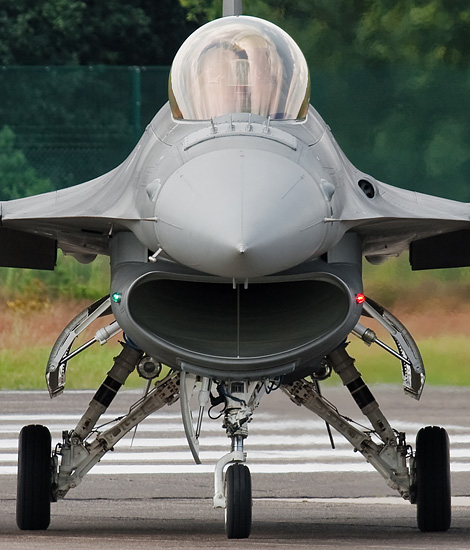
|
Fighters at the Spottersday ; Kleine-Brogel, July 17, 2007
The Spottersday at KB, Part 1; Text and Photograph's by Alex van Noye
On Tuesday, July 17, 2007, there was again a Spottersday on the program at the Belgian airbase Kleine-Brogel. This
Spottersday is always a big well organized event by the Belgian Air Force. In the past, the Spottersday started as a
good alternative for the Belgian airshow which disappeared due to cuts in fund.
The Spottersday at Kleine-Brogel has built up a good reputation in the past; especially in Belgium and the Netherlands.
The big difference between the Spottersday at Kleine-Brogel and the average airshow is that there is an exercise going
on during the Spottersday at Kleine-Brogel. The Belgian defense department invites a nice list of visitors for the
Spottersday by organizing a major international exercise. This international exercise (Operational Integration Exercise)
is part of the so-called COMAO (Combined Air Operations) exercises. The OCU at Kleine-Brogel is cele- brating its twentieth
anniversary this year next to the exercise. The Operational Conversion Unit (OCU) is the Belgian training unit for the
training of new F-16 pilots. This unit was founded in the eighties when there were many accidents with F-16s. The pilots
of the Starfighter who switched to the F-16 could not handle the much more maneuverable F-16. The Starfighter was
especially designed to fly with high speed. The F-16 required a change of mentality among the pilots. The OCU was
founded due to this major problem. To mark the twentieth anniversary of this unit, the F-16B FB-18 features a
special paint on its tail during the Spottersday. The aircraft was shown to the public during this event.
The number of participants for the exercise this year was gigantic; the exercise had to be divided into three parts
because of this. The first part of the COMAO exercise took place over the Ardennes. It is intended that different
types of aircraft fight against each other in an air to air combat during this Dissimilar Air Combat Training (DACT).
Belgian F-16s from Kleine-Brogel were fighting against two British Typhoons, two Portuguese F-16s and a number of Czech
Gripens. The second part of the exercise was a Combat Search and Rescue (CSAR) mission. A CSAR mission is a rescue
operation in enemy territory. The scenario was that an F-16 pilot had to be rescued from enemy territory after he had
crashed with his aircraft. A British Super Puma had to
|
|
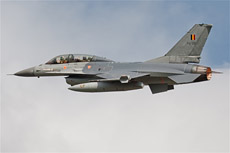
|
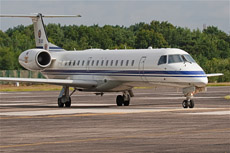
|
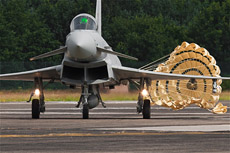
|
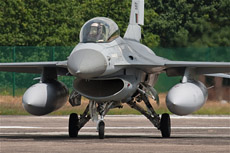
|
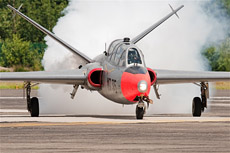
|
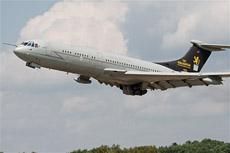
|
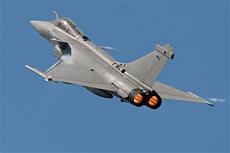
|
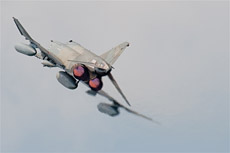
|
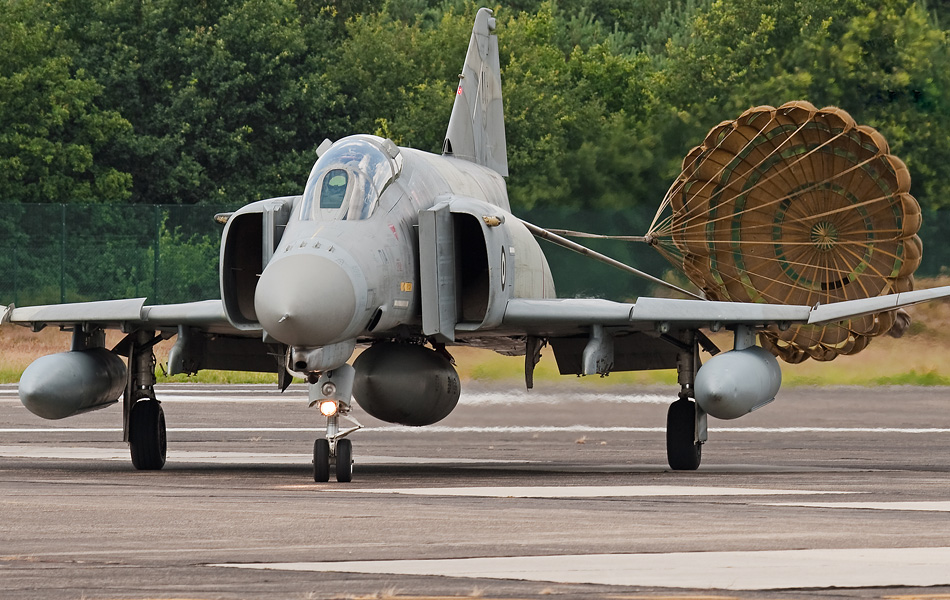
|
pick up the pilot in that area. The Puma was escorted by two armed Belgian Augusta A-109 helicopters. The air
support during this exercise was provided by a trio of Czech L-159 Alca’s and two Belgian F-16s. The exercise
took place at Kleine-Brogel itself under the eye of the public. The third part of the exercise took place in
the afternoon over the northern part of Germany. An enemy unit invaded an area and carried out several air
strikes. The hostile force was comprised of F-16s from Leeuwarden airbase in the Netherlands; they were operating
from their own airbase. The purpose of the exercise was to stop the enemy attack and to secure the airspace over
this area. A number of specialized aircraft such as German Tornados and Greek Corsairs had to destroy the enemy
anti aircraft artillery before the main force would attack.
I arrived at Kleine-Brogel for the Spottersday of 2007 at 8 am. It was already busy at the gate because there were
already a large number of people waiting. I walked quickly to the runway to find a good spot for the rest of the
day when the gate was opened. The location I had in mind is each year a popular corner for many photographers.
Luckily I was on time and I could position myself on the front row. The weather today was good. There were only
a few small clouds in the sky. The first engines were started very soon. The Belgian F-16s took off early today.
The first aircraft went airborne after a few minutes. It were only Belgian F-16s. It did not take long before the
first visitors arrived. Two RAF Typhoons came in for a full stop. The aircraft taxied out to the end of the runway
with their parachutes still behind the aircraft. I stood at the end of the runway and the aircraft which had landed
taxied along me. A Portuguese F-16 and a Belgian Fouga Magister arrived in the meanwhile. The pilot of the Fouga
deliberately dispensed some white smoke when he stopped in front of us. The main mission for today was being prepared
by the ground crews. The mission started with the departure of a British VC-10 tanker. Many Belgian F-16 from
Kleine-Brogel departed in several departure waves. The start of the French Rafales was very spectacular. One of
the pilots remained deliberately after take-off. He climbed out vertically right in front of my camera. Also the
departing German Air Force Tornados were nice and they stayed low as well after their start. The Greek Phantoms
passed me with high speed and full afterburner. Finally the two Greek A-7 Corsairs took off.
A CSAR mission was flown at Kleine-Brogel itself between the take-off and landing of the main mission. The first
aircraft which came back were the Greeks. The two Phantoms arrived first. The two Phantoms had just like the British
Typhoons earlier a parachute behind the aircraft. These were surely the pictures for which I came to Kleine-Brogel.
The two Greek Corsairs arrived shortly after the landing of the two Greek Phantoms. The pilots opened the canopy
immediately after their landing. This is because the old planes have no air conditioning; it is very hot in the
cockpit of these aircraft. It was my first time that I could capture these old Greek aircraft on photo. After the
Greeks had landed, the Italians arrived with an MB339 and four F-16s. The F-16s made an overshoot first. This
resulted in F-16s with white condensation traces over the leading edge. The Czech Gripens came back shortly after
the Italians. They arrived with four Gripens. All these aircraft taxied out to the end of the runway and taxied to
the parallel runway. The parallel runway was during this exercise a temporary flight line. Also one of the highlights
of this day was the landing of the French Navy Rafales. There were no less than four Navy Rafales involved. I was able
to shoot beautiful photos of these aircraft. One of the last participants which arrived, were the German Tornados
and a Danish F-16. The Tornados were from JBG-31 from Nörvenich and JBG-33 from Büchel. The Tornados of JBG-31 will
be retired soon as they will be replaced by the Eurofighter EF2000. The Spottersday at Kleine-Brogel was over after
the landing of these aircraft. It was another great day.
|
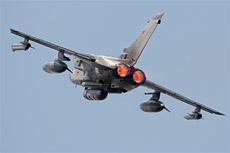
|
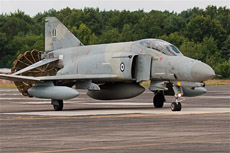
|
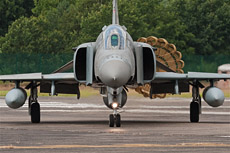
|
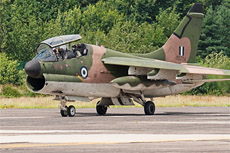
|
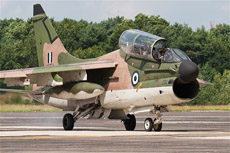
|
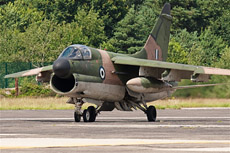
|
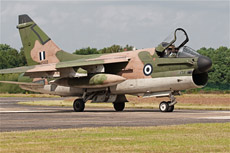
|
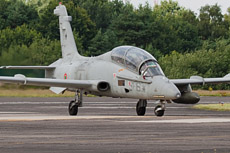
|

|
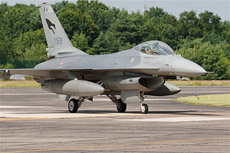
|
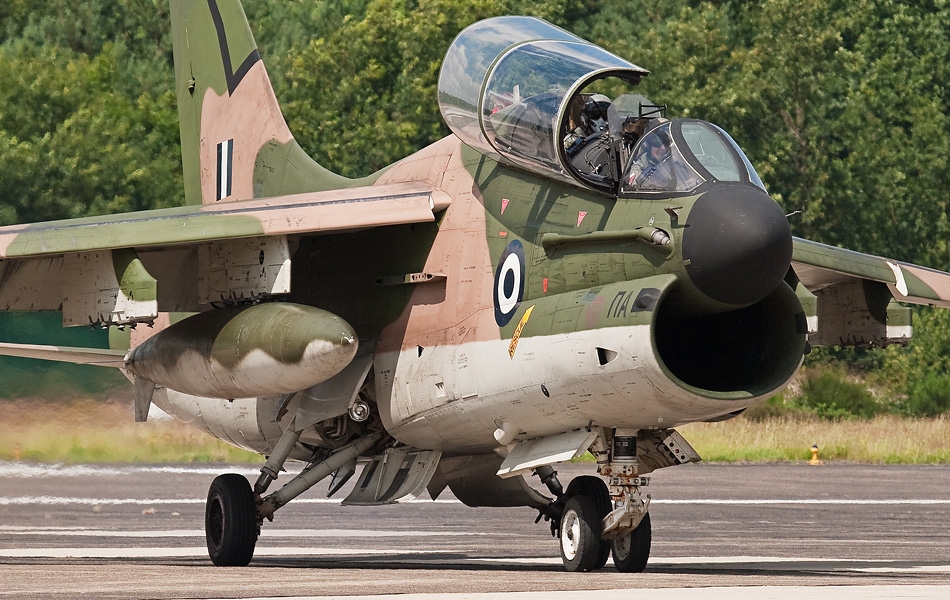
|
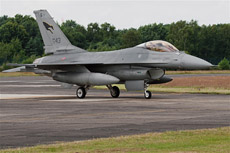
|
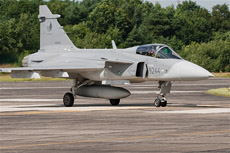
|
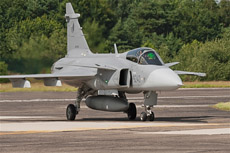
|
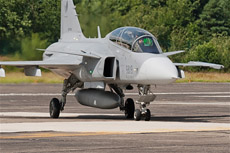
|
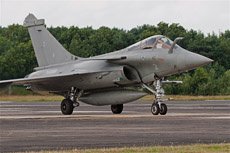
|
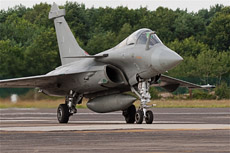
|
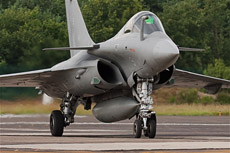
|
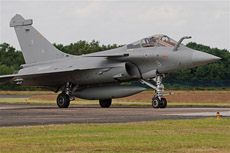
|
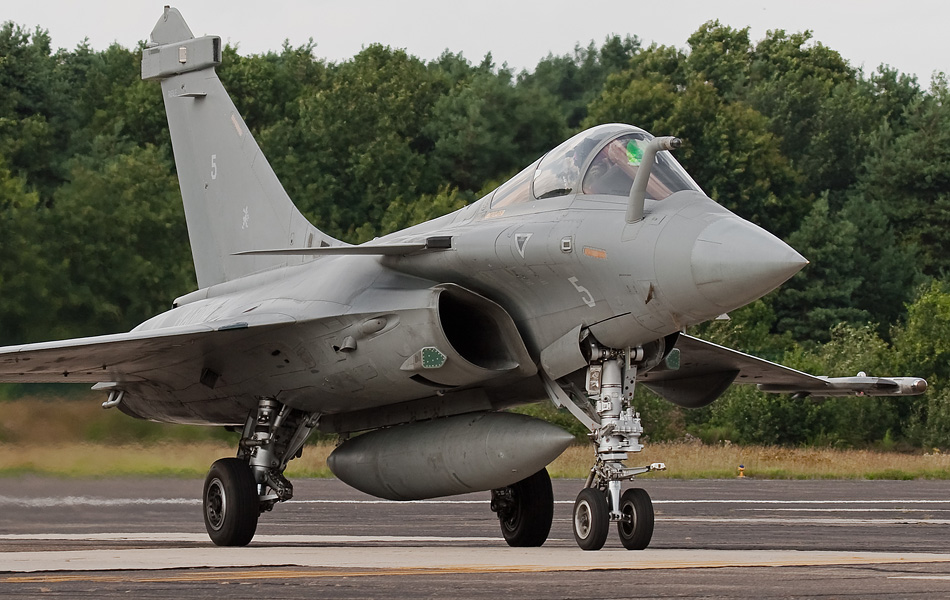
|
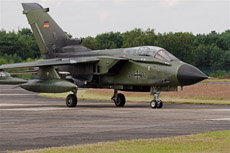
|
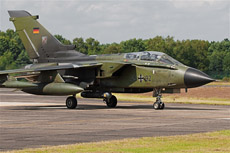
|
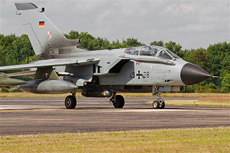
|
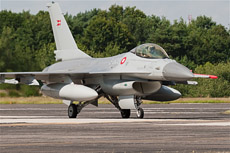
|
|
|

|







